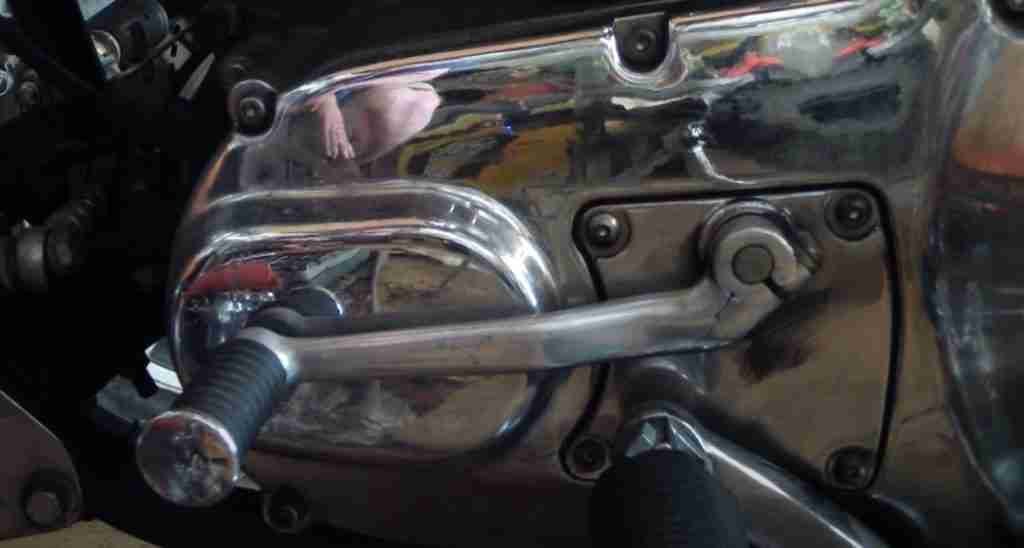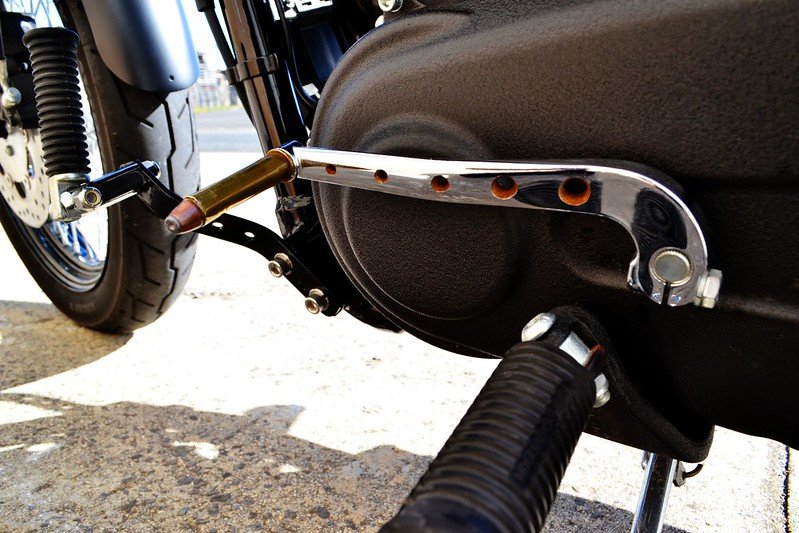In a survey of Harley Davidson riders, over 25% said that they had experienced shifting problems with their bike. The most common problems were with the clutch, followed by the gears slipping. Many riders said that the problems made their bike difficult or even impossible.
The Harley Davidson shifting problems can be frustrating. Clutch problems can cause the bike to lurch forward or stall, and transmission issues can make it challenging to find the correct gear.
These problems can be caused by a variety of factors, from improper shifting techniques to mechanical issues.
As a Harley rider, you that your bike is an extension of yourself. So when something goes wrong with it, it can feel like a personal affront. So, let’s find out why Harley shifting problems occur.
Why Harley’s Transmission Would not Shift?
Harley’s transmission may fail to shift for several possible causes, but the most common one is a problem with the clutch. If the clutch is not engaging properly, it can cause the transmission to fail to shift.
The shift fork may also not engage properly, resulting in the transmission failing to shift.
Other reasons include the transmission being low on fluid, or the shifter cable being damaged.
Most Common Harley Davidson Shifting Problems, Their Causes, and Solutions

Shifting problems are a common occurrence for many Harley Davidson riders. Here are some of the most common shifting problems and their causes and solutions:
1. A sudden release of the clutch lever
If you find yourself suddenly releasing the clutch lever while riding, it can cause the bike to jerk or lurch. This can be dangerous and is usually caused by not engaging the lever properly. Make sure to engage the clutch lever slowly and evenly to avoid this problem.
2. Not using the clutch while shifting gears
Not using the clutch when shifting gears is a common mistake many riders make. This can cause grinding or jumping of the gears and can damage your bike’s gearbox. Always use the clutch when shifting gears, and make sure to do so smoothly and slowly to avoid any issues.
3. False Neutrals
False neutrals are when your bike seems to be neutral when it’s actually in gear. This occurs when the motorcycle goes into neutral even though the rider has not shifted into neutral.
The cause of false neutrals is usually worn or damaged shifter forks or shift drums. This can be frustrating and even dangerous if you’re not expecting it. There are a few possible causes of false neutrals and their solutions:
- One is a worn or bent shift fork, which can be fixed by replacing the fork.
- Wearing shifter drums can also be replaced or rebuilt.
- Also, check the clutch adjustment again.
- The transmission may also have worn detent balls or detent springs. Worn parts can cause the transmission to shift into neutral even when you’re trying to go into another gear.
4. Not Getting Into Third/Fifth Gear
There are a few things you can try before taking your bike to a mechanic if you’re having trouble getting into third gear.
The transmission shift star wheel can be adjusted so the third gear is closer to neutral if the clutch is working fine.
Solution:
Check the transmission shift star wheel if you’re having trouble getting into third gear. You can adjust it so the third gear is closer to neutral if the clutch is working fine. Another thing you can try is to clean and lube the shifter shaft. This can be done with WD-40.
6. Clunking When Shifting Gears
You may hear a clunking noise when shifting gears for a variety of reasons, and unfortunately, some of them are serious enough to warrant a trip to the mechanic.
- One possibility is that there’s something wrong with your primary drive chain adjuster tensioner shoes or roller bearings.
- You might also have damaged or broken gear in your transmission.
Solution:
Check your clutch adjustment and make sure the cable is adjusted properly. You may also need to replace your clutch plates if they are worn out. If you suspect your transmission fluid is contaminated, have it flushed and replace it.
7. The linkage is cramped

It is possible that the linkage is cramped on a Harley Davidson bike due to a recent modification or change done to the shift pedal. Bike owners may perform this modification to ensure the shift pedal’s height suit or match their ankles.
While this adjustment is being made, the linkage could eventually get cramped or hampered against itself, making it challenging to engage the gear optimally.
The linkage is cramped, whenever you attempt to shift or initiate a particular gear, it becomes hard or almost impossible to engage the gear fully. This happens because the shift claw is restricted or hindered from pushing as far as it should due to the adjustment made to the shift pedal.
Solution:
The solution is if you have altered the shift pedal prior to when you begin to experience shifting difficulty, you may need to look at your external linkage and check if everything seems in order.
8. Not Downshifting Properly
One of the most common shifting problems is not downshifting properly. This can cause the motorcycle to lurch forward when coming to a stop. The cause of this problem is usually rider error, such as not depressing the clutch lever far enough or not matching engine speed to road speed before releasing the clutch lever.
Plus, many riders also have difficulty shifting gears, especially when shifting up from first to second gear. This can be caused by several factors, such as incorrect clutch adjustment, worn clutch plates, or contaminated fluid in the transmission.
Solution:
You can solve this problem by practicing downshifting before stopping. Depress the clutch lever all the way, then match engine speed to road speed by blipping the throttle before releasing the clutch lever.
How to avoid shifting problems on a Harley?

There are a few things you can do to avoid shifting problems on your Harley.
- Make sure the bike is in good mechanical condition. This means regularly servicing the bike and checking for any worn or damaged parts.
- Practice shifting gears often so that you get a feel for the correct timing and technique.
- Be patient when shifting gears and resist the urge to force the gearshift lever.
- Avoid riding in extremely hot or cold weather.
- Use the correct type of oil in the transmission.
FAQs
Why is my Harley shifting hard?
If your Harley is shifting hard, it could be because the clutch is not adjusted properly. The clutch needs to be adjusted so that it is tight enough to engage the transmission, but not too tight that it is hard to shift. A dirty transmission may also need to be cleaned.
How can I detect if Harley bike gears are going bad?
The most effective way to detect if Harley bike gears are wearing down is to listen for strange noises coming from the transmission. A whirring, grinding, and rattling noises indicate problems with the gears.
Also, you may notice that the bike is having difficulty shifting gears, or that the gears are slipping or the gears may also feel sloppy or difficult to engage.
How to make sure of smooth shifting on a Harley-Davidson?
Practicing shifting gears on a Harley-Davidson motorcycle is the key to effortless shifting. Get a feel for how the gears feel when you are shifting up and down.
If you are not comfortable with how the gears feel, then you may want to make sure the clutch is adjusted properly. Also, use the proper technique when shifting gears and make sure the transmission is properly lubricated then check again.
Conclusion
Shifting problems are no fun for anyone but thankfully, they’re usually relatively easy (and inexpensive) to fix as long as you know what’s causing them.
It is extremely significant to downshift properly by fully depressing the clutch lever and matching engine speed to road speed before releasing the clutch lever slowly and smoothly. Your clutch adjustment should be checked and your clutch plates should not be worn or damaged if you are having trouble shifting gears.
And finally, if your transmission is making noise, have a certified mechanic check your bike for proper gear alignment and excessive wear on the shift forks or shift drums.
We hope this has been helpful and that you now feel equipped to tackle any shifting issues that come up while you’re on the road.
Thanks for reading! Until next time, ride safe!
